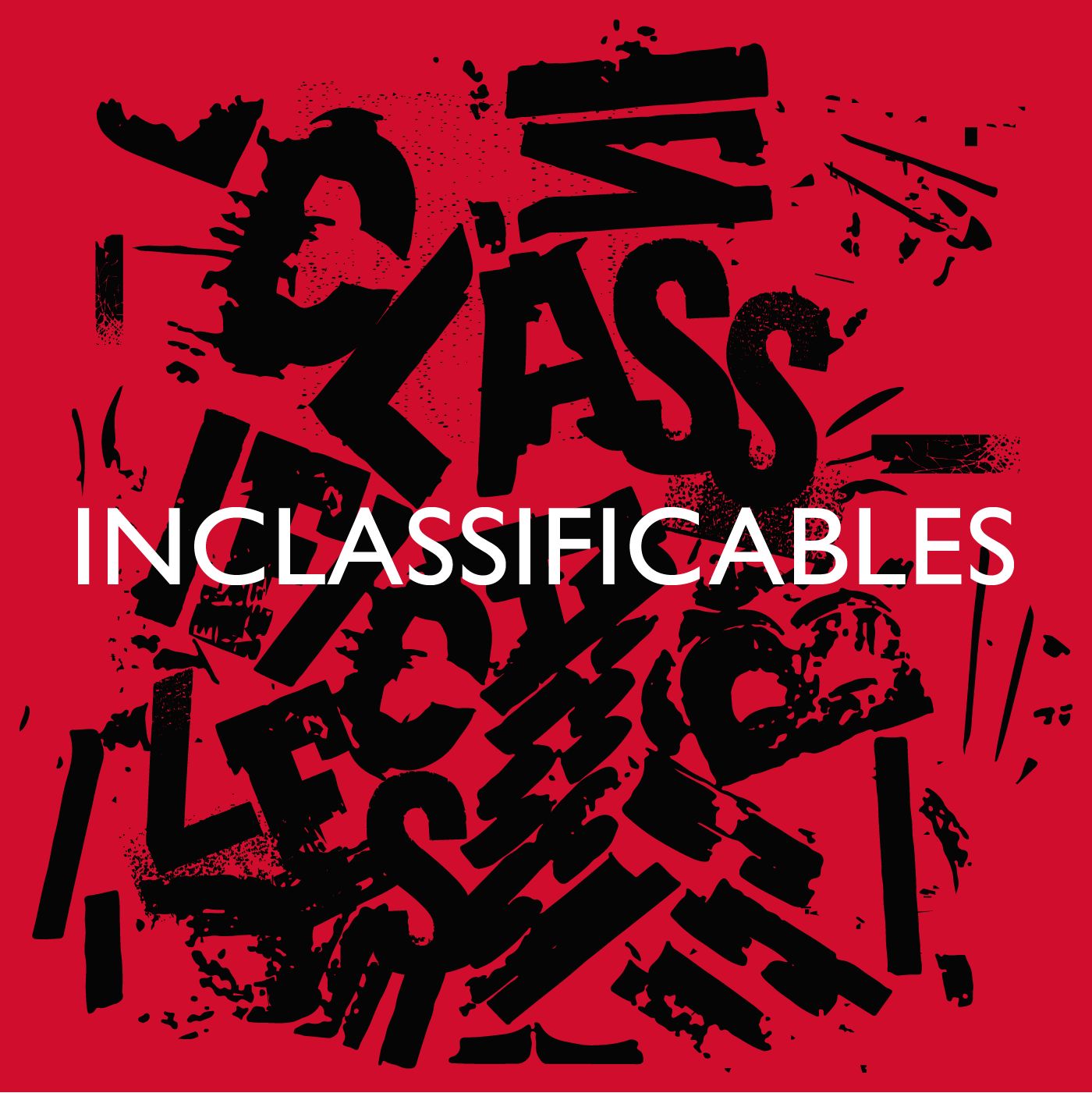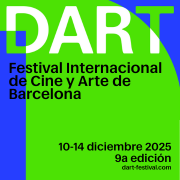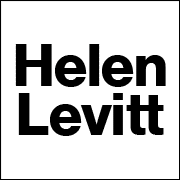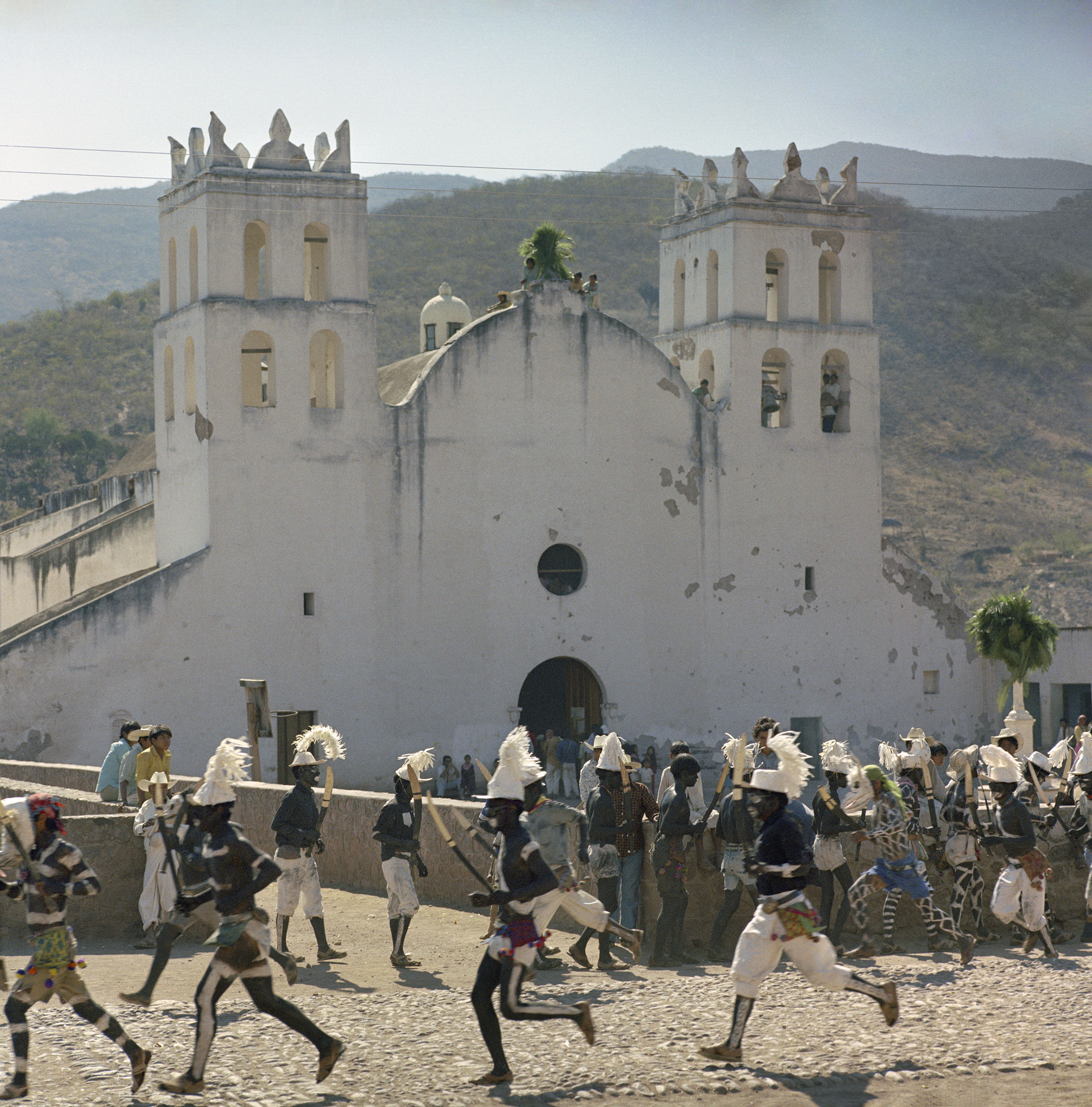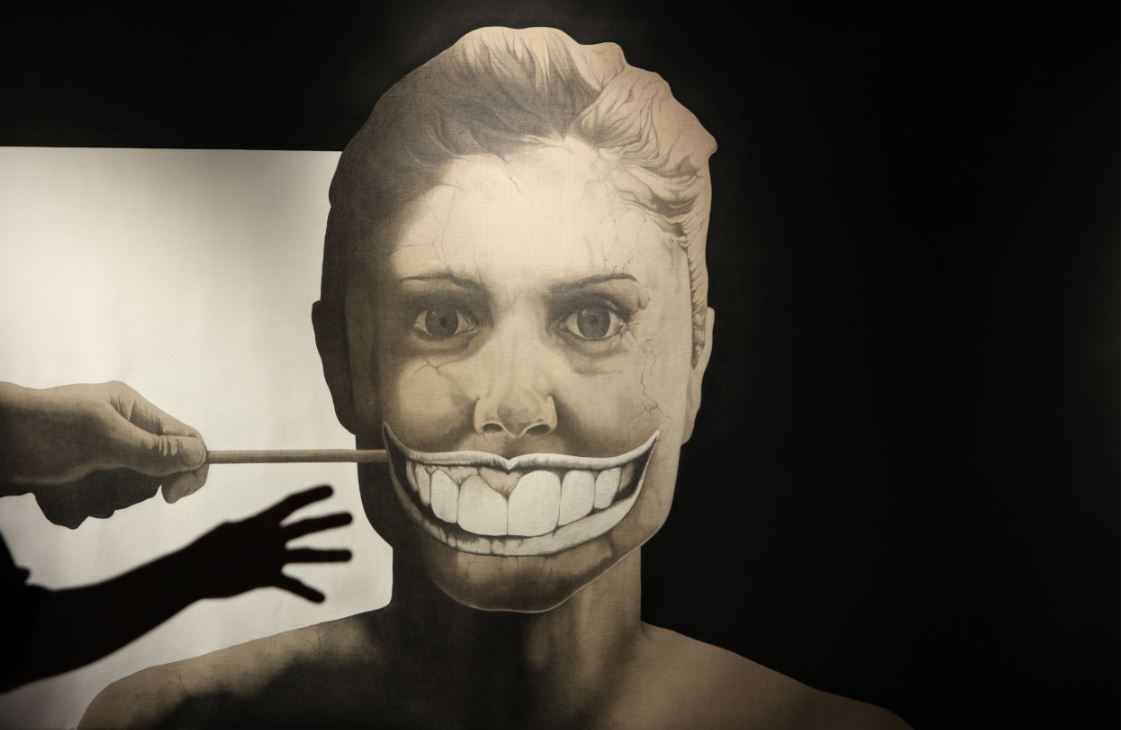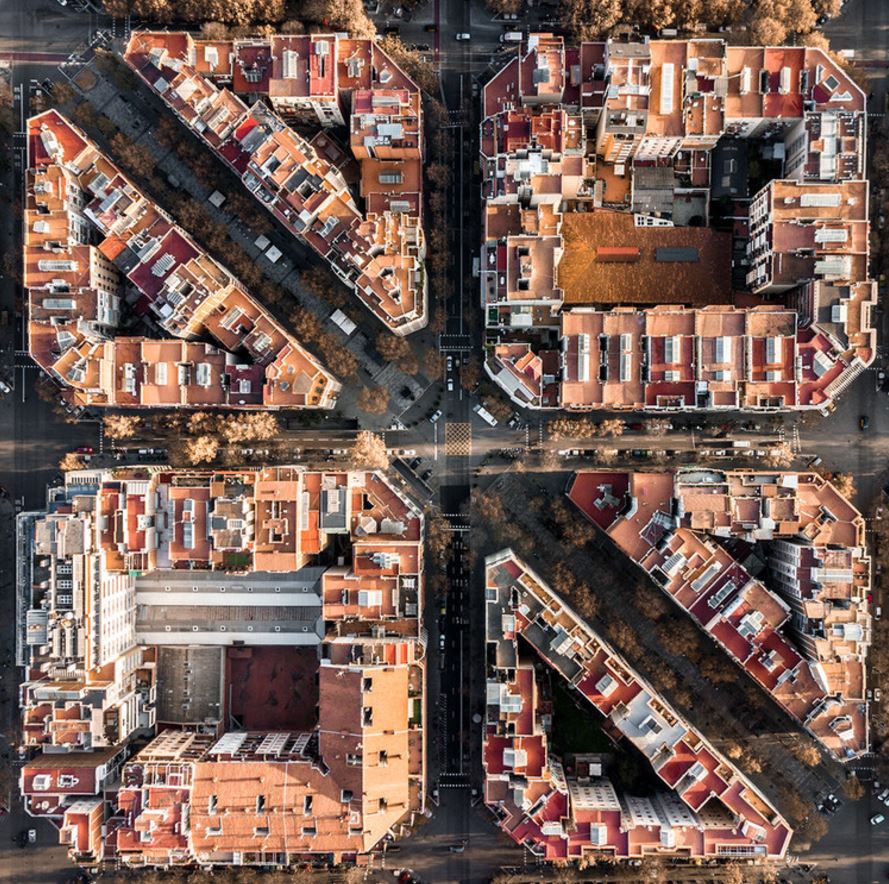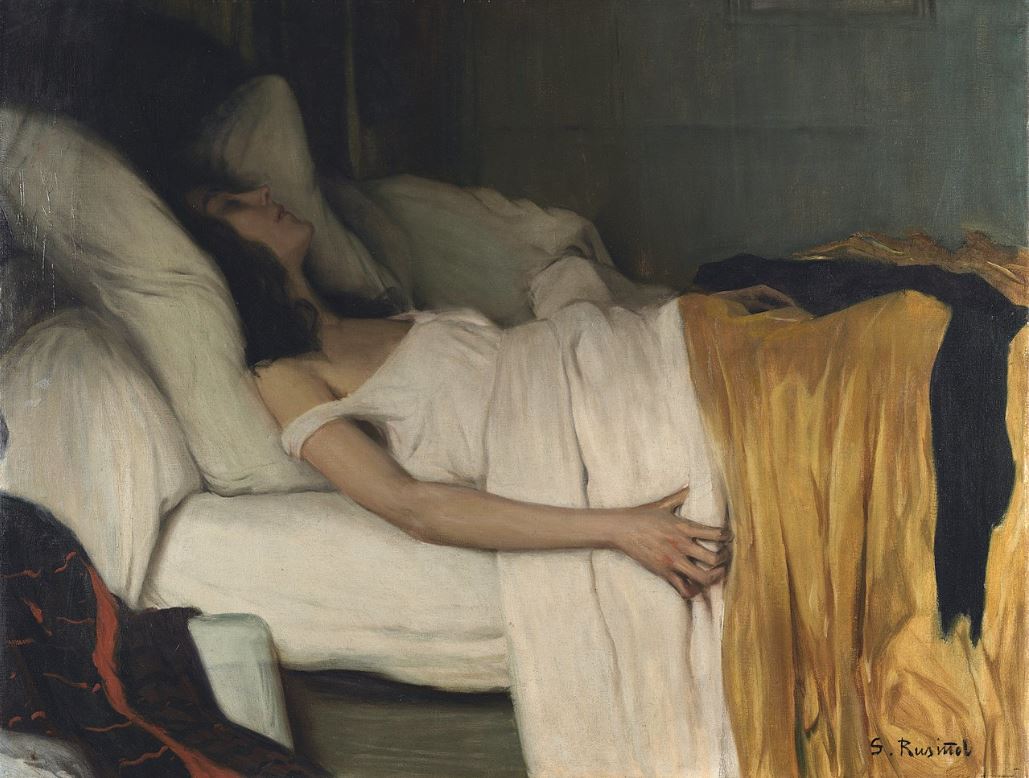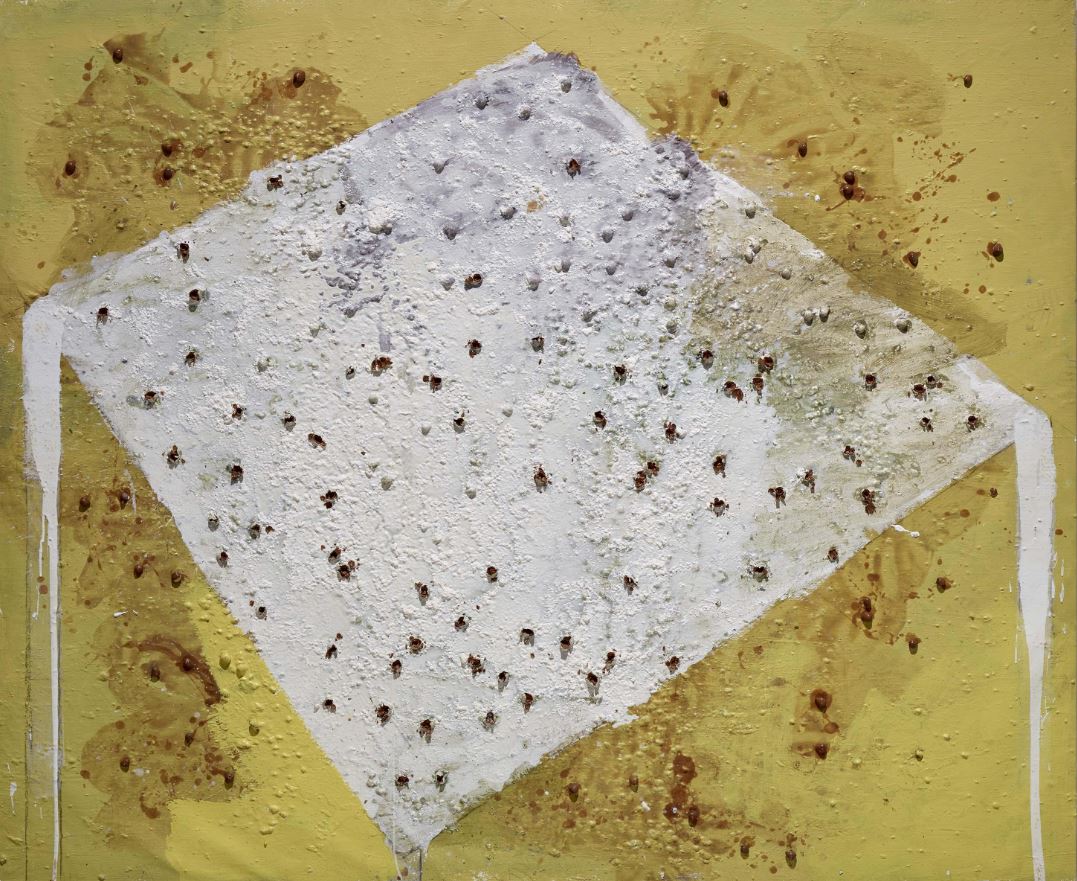
Miquel Barceló has just published 'De la meva vida', a book published by Galaxia Gutenberg, and which is a journey into the life and work of the artist who knew at the age of fourteen that he would be a painter. A total dive to understand where his chapel in Palma or the dome of the UN in Geneva comes from. Then, 5 strokes to awaken the hunger to read it:
1. Diving and painting
The connection between the sea and painting is absolute for Barceló. "Submerging yourself is like painting and writing". Born in Felanitx, the importance of Mallorca and the sea is present from the beginning of the book. "Painting, swimming, reading. This is what I have always done", he writes. Convinced that painting is linked to childhood, he tells us about his mother from whom he inherited the easel and the oil paintings. He had a very bad relationship with his father, he says. But in retrospect she says she can't blame him because she learned the names of birds, trees and fish from him.
2. Passion for reading
At the age of three, Miquel Barceló was already reading, he devoured the municipal library of Felanitx and met Rimbaud, Baudelaire, Nerval, Kafka, Canetti, Faulkner, Conrad, Yeats, Verne, Nabokov, Pessoa, Artaud, Fitzgerald... (the reading list reproduced on page 129 of the book is unmissable). Barceló has devoted a lot of time to reading it, and in fact this volume has a title that springs from a verse by Góngora that says 'Hermoso dueño de la vida mía', although the relationship between Barceló and poetry is already matter from another article.
3. Three typefaces, one voice
The book is built with three typefaces, one for the notes that accompany the images, another for the transcription of his notebooks and a third for his oral manifestations that try to reflect his speech. A combination that weaves a tapestry with photographs, drawings, images from his notebooks, an outpouring of elements that make us close to Barcelona. Towards the end of the book he says: “in reality, we do not change, we are always the same. We feel the sensations, the anguish, in the same place, like something that bites you and doesn't leave you".
4. Africa as the measure of all things
In the particular geography of Barcelona there is a continent that helped him not to get lost. "It was 1986. I felt the unbearable pressure of all those people coming behind me, I was famous too young, I was fed up with art dealers, that's why I wanted to see the desert, the void." With this context, it is not surprising that especially in Gao (Mali), Barceló overturned the understanding of the things he had learned.
5. Spit the paint
"Painting is a drive that possesses you completely"; “Pixar towards the sky. Spit the paint, amplified dripping!; "Painting, like reading and love, requires time." And while he was forging these statements he always returned to Pollock, Picasso, Toulouse-Lauttrec, Tintoretto... At the end of the book he writes: "What I painted in Paris during the summer of 1983 is not very different from what I have done this summer. The colors have changed a bit, today I mostly paint with blue and red. But this thing about colors is like changing a shirt. There is nothing mystical, the colors return when there is a desire". Although for years he has made no distinction between painting, sculpture and ceramics. He says all his paintings stand upright and his sculptures can be hung on walls.
[file3197]


